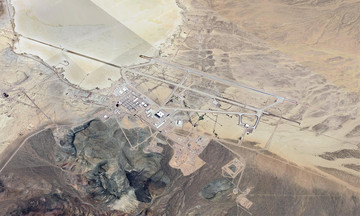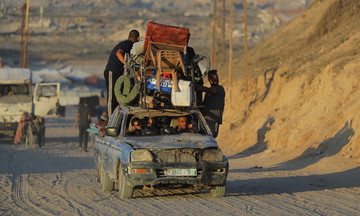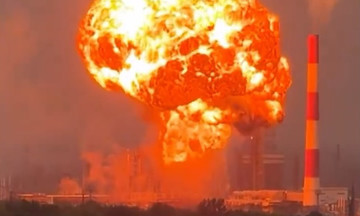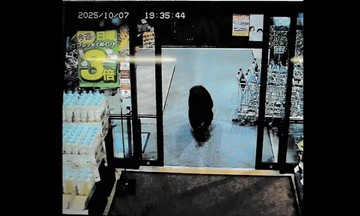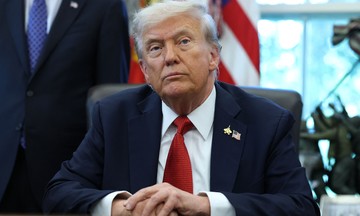On 14/9, the US Army announced that units stationed in Germany and allied forces conducted an exercise based on a scenario involving "heavy casualties from enemy artillery fire." Unable to gain air superiority, US forces couldn't deploy helicopters to evacuate casualties or deliver essential medical supplies to the front lines. This necessitated providing emergency care near the combat zone.
"Medics employed an older tactic, dating back to World War I, where soldiers line up to donate blood directly to the wounded. In this situation, the blood comes from pre-screened individuals, ready for immediate transfusion to casualties," the US Army stated.
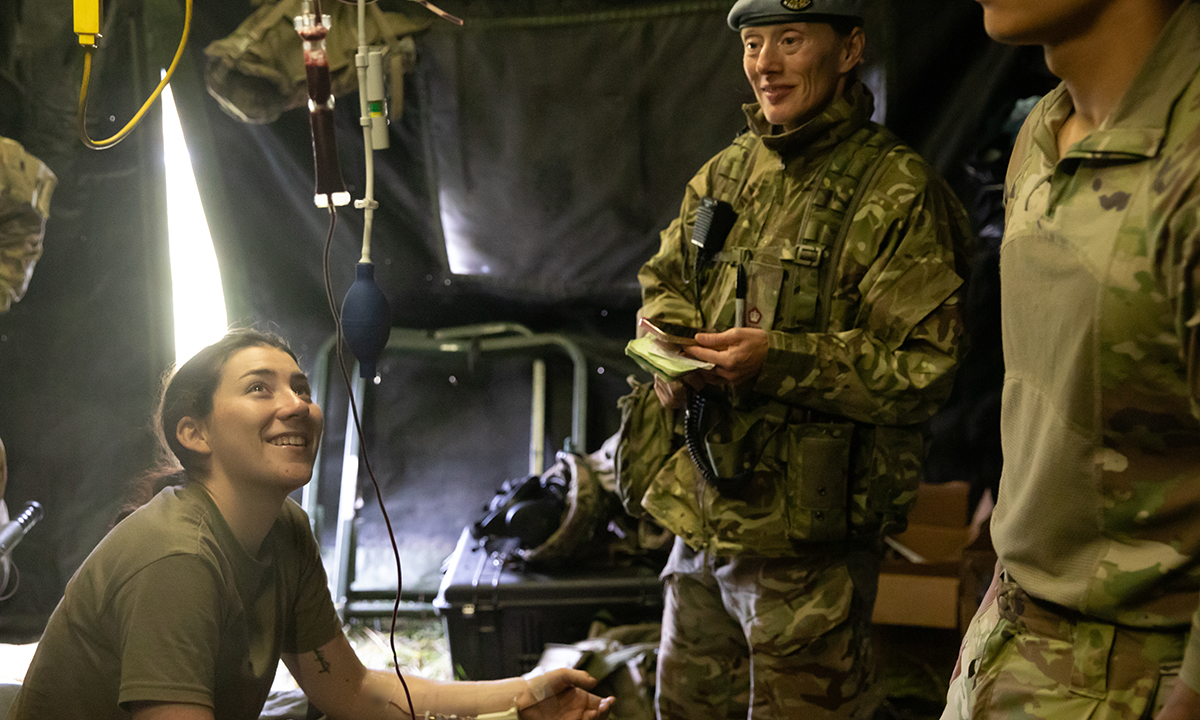 |
US soldiers participate in a blood donation exercise at the Hohenfels training area in Germany on 12/9. _Photo: US Army_ |
Participating soldiers were tested to determine their blood type and screen for potential diseases. Those who qualified proceeded to a nearby donation point. The entire process took only a few minutes.
The US Army exercise focused on prolonged field care, simulating high-intensity conflict between peer adversaries. In such scenarios, neither side has complete air control, making it impossible to evacuate casualties to rear areas for treatment during the critical "golden hour."
The US military and its allies have consistently held air superiority in Middle Eastern conflicts, facilitating air evacuations of the wounded. However, this advantage might not be present in future conflicts.
"We are trying to practice walking blood banks on the front lines," said Lieutenant Colonel Cat Kemeny, a medical officer with the British 4th Regiment Army Air Corps.
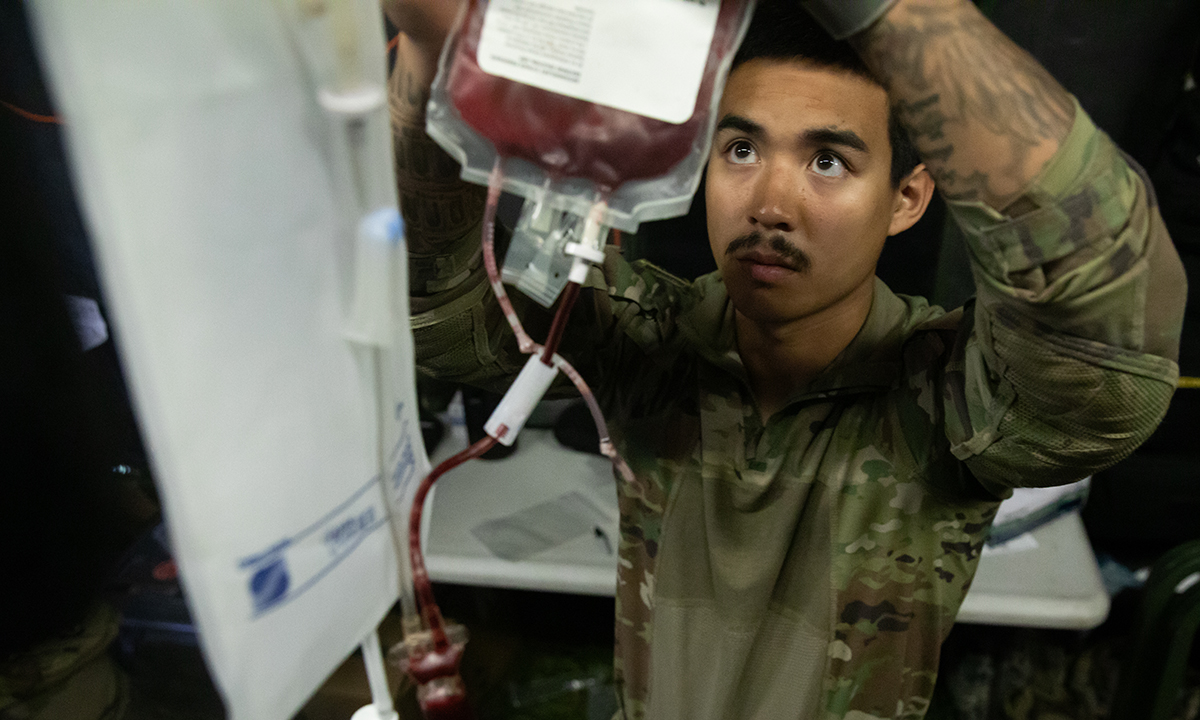 |
US Army medics handle blood bags during the exercise on 12/9. _Photo: US Army_ |
According to Lieutenant Colonel Kemeny, blood donated by fellow soldiers is an ideal supply. It's stored at the perfect body temperature, allowing for rapid transfusion without deterioration.
Walking blood banks, or mobile blood banks, were used in World War I when transporting casualties to treatment facilities was too slow or impossible. Discontinued decades ago due to concerns about bloodborne diseases, this method has become viable again thanks to screening technology.
Nguyen Tien (_Business Insider, AFP, AP_)





